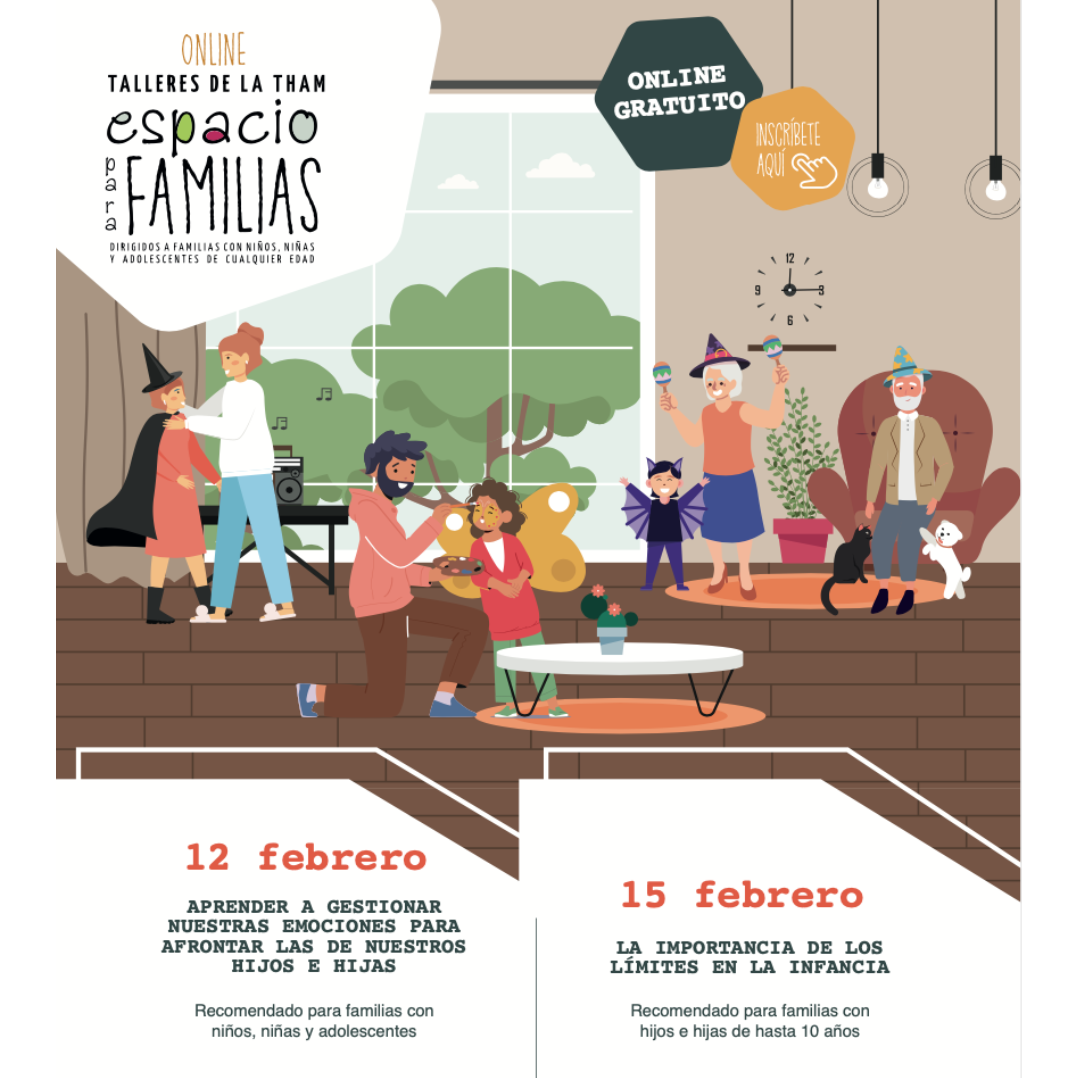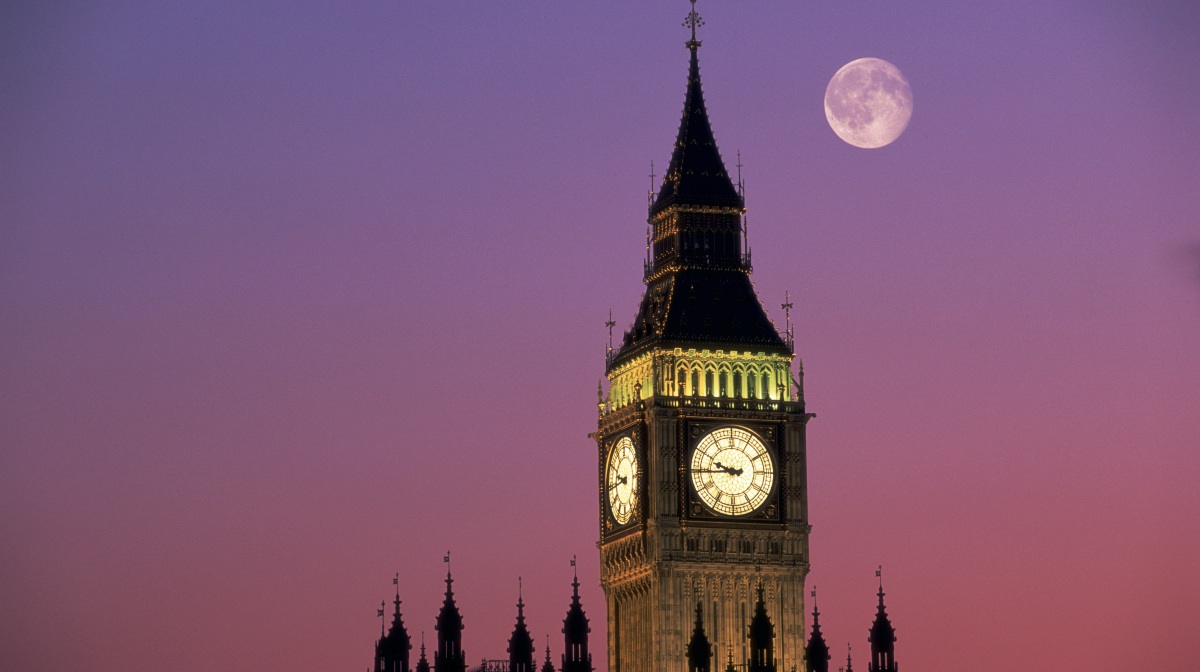Asteroid 441987 (2010 NY65), twice the size of NASA’s “dangerous” Statue of Liberty (187 meters), will fly from Earth in the coming weeks. It can move at 8.4 miles per second or more than 30,000 miles per hour, according to the Daily Express.
The asteroid will reach its closest point to Earth on June 25. At this time, it will be 15 times farther from Earth than it is from the Moon. At the same time, NASA experts consider something close to Earth and large enough to be called “Danger.” Although the “dangerous” level does not guarantee collisions, there are factors that influence the asteroid’s orbit. Sometimes the orbits of meteorites are affected by the gravity of the planets, causing a change in their orbits. Scientists believe that in the past, random asteroids or fragments of physical collisions hit Earth, which plays an important role in the evolution of our planet.
A force called the Yarkovsky effect could deviate from the path of an asteroid. The effect occurs when space rocks are heated in direct sunlight and cool to emit radiation from the surface. “This radiation exerts a force on the asteroid, which acts as a kind of small actuator that will slowly change the direction of the asteroid over time,” he explained at NASA’s Jet Propulsion Laboratory.
Experts say that the closest objects to Earth are comets and meteorites, which are drawn to nearby planets by their gravity, allowing them to orbit close to Earth. Scientific interest in comets and meteorites is largely due to their status as relatively stable remnants left over from the formation of the Solar System 4.6 billion years ago.
Although the giant planets – Jupiter, Saturn, Uranus, and Neptune – were formed from billions of comets, the remaining fragments of this process are the comets we see today. Asteroid fragments and fragments in the initial accumulation of planets such as Mercury, Venus, Earth and Mars (formed by sintering large microscopic masses of material such as mineral or dust).
In April, NASA experts He saidIt is preparing for a conditional asteroid collision with Earth. Scientists at NASA’s Jet Propulsion Laboratory (JBL) will conduct large-scale research. This training will allow experts from national governments and relevant organizations in other countries to develop a plan that will help avoid collisions with celestial bodies or reduce the damage caused by such accidents.





